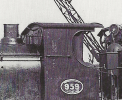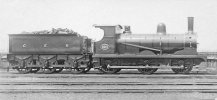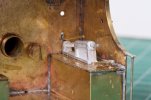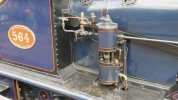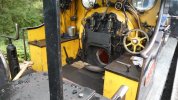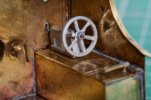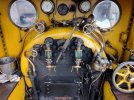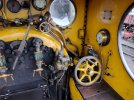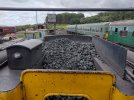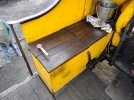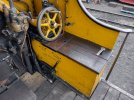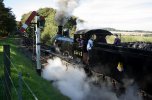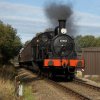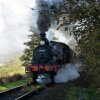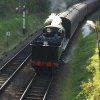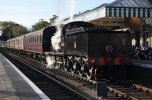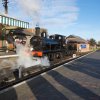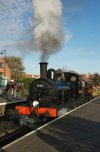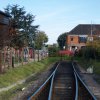I am pondering the correct livery for my model Y14 to represent a loco built in 1891 or 1892 and running from then until 1899. Blue or black, lined or unlined.
- I have an undated photo of loco 825 (a freight engine built 1887) in lined blue.
- I have a photo of 912 (built in 1891 and photographed in 1896) retro-fitted fitted with steam brake, in lined blue
- I have a photo of 930 (the 1892 built engine constructed in World Record time) in black but I cannot see any lining.
Brooks writes (in Great Eastern Journal no.36),
"The first Y14s were finished in the standard blue lively with
small lettering GER on the tender. From 1885 Holden
introduced larger tender lettering, but from about 1890 all
goods engines were painted black with lining and lettering as
before. By 1899 all Y14s would have been in black, with the
exception of the new passenger fitted engines 640-9 which
received full passenger livery, as did the subsequent engines
which were all dual fitted"
I suspect Brooks is telling me all I really need to know, though "from about 1890" has a bit of wriggle room.
Thinking about only locos built in batches S.28 and X.28 (numbers 925 to 945, built 1891-2), I wonder if anyone has seen a photo of any of these locos in lined blue? I suppose, I would love to have a blue engine but it is a bit daft to spend five months building a model engine and then choose a livery I know to be wrong. I'll be happy with lined black if I have no choice.
